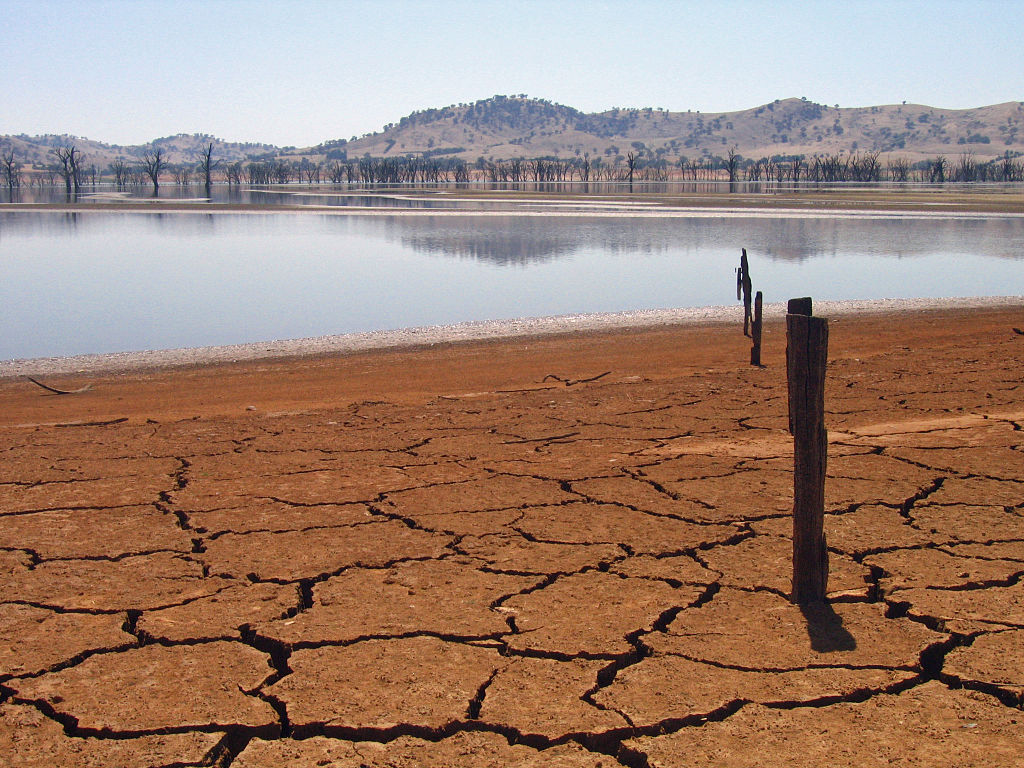|
3. Changes in continental aridity under global warming Global Warming and Drought in the 21st Century - PDF Global warming is expected to increase the frequency and intensity of droughts in the twenty-first century, but the relative contributions from changes in moisture supply (precipitation) versus evaporative demand (potential evapotranspiration; PET) have not been comprehensively assessed. Using output from a suite of general circulation model (GCM) simulations from phase 5 of the Coupled Model Intercomparison Project, projected twentyfirst century drying and wetting trends are investigated using two offline indices of surface moisture balance: the Palmer Drought Severity Index (PDSI) and the Standardized Precipitation Evapotranspiration Index (SPEI). PDSI and SPEI projections using precipitation and Penman- Monteith based PET changes from the GCMs generally agree, showing robust cross-model drying in western North America, Central America, the Mediterranean, southern Africa, and the Amazon and robust wetting occurring in the Northern Hemisphere high latitudes and east Africa (PDSI only). The SPEI is more sensitive to PET changes than the PDSI, especially in arid regions such as the Sahara and Middle East. Regional drying and wetting patterns largely mirror the spatially heterogeneous response of precipitation in the models, although drying in the PDSI and SPEI calculations extends beyond the regions of reduced precipitation. This expansion of drying areas is attributed to globally widespread increases in PET, caused by increases in surface net radiation and the vapor pressure deficit. Increased PET not only intensifies drying in areas where precipitation is already reduced, it also drives areas into drought that would otherwise experience little drying or even wetting from precipitation trends alone. This PET amplification effect is largest in the Northern Hemisphere mid-latitudes, and is especially pronounced in western North America, Europe, and southeast China. Compared to PDSI projections using precipitation changes only, the projections incorporating both precipitation and PET changes increase the percentage of global land area projected to experience at least moderate drying (PDSI standard deviation of ≤ -1) by the end of the twenty-first century from 12 to 30 %. PET induced moderate drying is even more severe in the SPEI projections (SPEI standard deviation of ≤ -1; 11 to 44 %), although this is likely less meaningful because much of the PET induced drying in the SPEI occurs in the aforementioned arid regions. Integrated accounting of both the supply and demand sides of the surface moisture balance is therefore critical for characterizing the full range of projected drought risks tied to increasing greenhouse gases and associated warming of the climate system. REFERENCES
|
 EASM2: LINKING NEAR-TERM FUTURE CHANGES IN WEATHER AND HYDROCLIMATE IN WESTERN NORTH AMERICA TO ADAPTATION FOR ECOSYSTEM AND WATER MANAGEMENT EASM2: LINKING NEAR-TERM FUTURE CHANGES IN WEATHER AND HYDROCLIMATE IN WESTERN NORTH AMERICA TO ADAPTATION FOR ECOSYSTEM AND WATER MANAGEMENT | |
| Lamont-Doherty Earth Observatory of Columbia University 61 Route 9W Palisades, NY 10964
| |
|
| |
